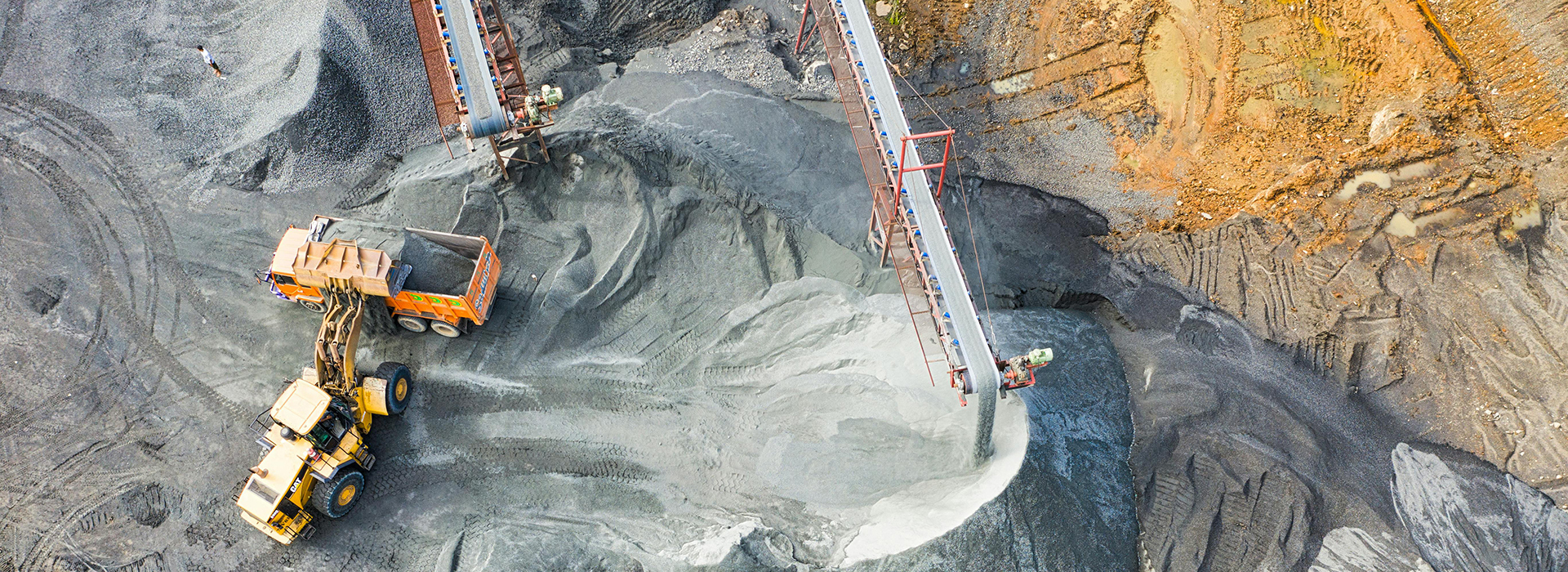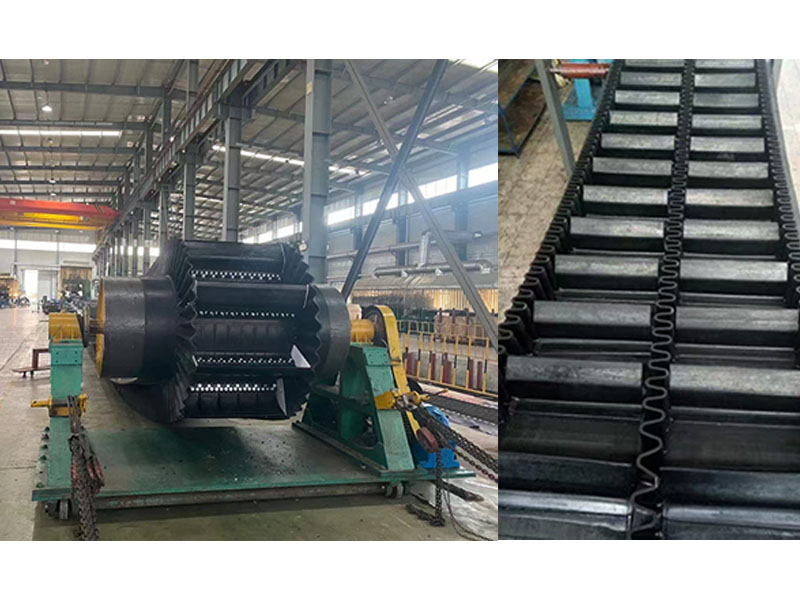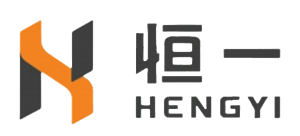
Material Types of Steep Angle Sidewall Conveyor Belt
2025-10-27 10:32Material Types
You need a conveyor that matches your material’s properties. Steep angle sidewall systems handle a wide range of materials, from fine powders to large aggregates. You can choose the belt base material, cleat type, and sidewall height to fit your needs.
You can move sticky, abrasive, or fragile materials with confidence. The system adapts to your process, whether you handle food products, minerals, or waste. Standard conveyors may require frequent adjustments or special modifications for certain materials. With a steep angle sidewall system, you get a solution built for versatility and reliability.
Construction
Belt Design
You notice a significant difference in belt design when you compare steep angle sidewall conveyor belts to standard conveyor systems. Steep angle sidewall belts use a robust, flexible base belt with corrugated sidewalls and cleats. These features create deep pockets that hold materials securely, even on near-vertical inclines. The sidewalls prevent spillage, while the cleats stop materials from sliding backward. You can select different cleat profiles and sidewall heights to match your specific application. This customization ensures that your conveyor handles everything from fine powders to large, bulky items.
Standard conveyor belts usually have a flat or slightly textured surface. Some may include small cleats for gentle inclines, but they lack the deep pockets and high sidewalls found in steep angle designs. You often see these belts in applications where the incline remains low and spillage risk is minimal. The simpler design makes standard belts easier to manufacture and install, but it limits their ability to handle steep angles or challenging materials.
Tip: If you need to move materials up sharp inclines or want to reduce transfer points, choose a steep angle sidewall belt. The advanced design gives you more flexibility and control.
Durability
Durability plays a crucial role in conveyor system performance. You want a belt that withstands heavy loads, abrasive materials, and continuous operation. Steep angle sidewall conveyor belts excel in these areas. Manufacturers use high-quality, wear-resistant rubber for the base belt, sidewalls, and cleats. This construction provides superior resistance to abrasion, impact, and tearing. You benefit from a longer service life and fewer maintenance interruptions.
Standard conveyor systems may use a range of materials, from basic rubber to PVC or fabric-reinforced belts. The durability of these belts varies. Many standard belts offer moderate resistance to wear and impact, but they may require more frequent replacements, especially in demanding environments.
The following table highlights how steep angle sidewall conveyor belts compare to standard conveyor systems under similar operating conditions:
You gain several advantages with a steep angle sidewall belt. The robust construction reduces the risk of unexpected failures. You spend less time on maintenance and experience fewer production stoppages. This reliability helps you maintain consistent output and control costs.
Note: Investing in a durable conveyor belt pays off over time. You reduce downtime, lower replacement costs, and keep your operation running smoothly.
Installation & Space
Footprint
You often face space constraints in industrial environments. The footprint of your conveyor system can determine how efficiently you use your facility. When you choose a Steep Angle Sidewall Conveyor Belt, you maximize your available space. This system moves materials at much steeper angles than standard conveyors, so you do not need long, sloping runs to achieve the same elevation change.
Steep angle sidewall conveyor belts require significantly less installation space than standard conveyor systems.
The ability to move materials at steeper inclines means you reduce the overall length and spatial footprint.
Standard incline conveyors need more length to achieve the same lift, making them less space-efficient in tight areas.
You can install a steep angle system in places where a traditional conveyor would not fit. This advantage allows you to design more compact layouts, freeing up valuable floor space for other equipment or processes. You also reduce the number of transfer points, which helps streamline your workflow and minimize material loss.
Installation
You want a conveyor system that fits your facility and meets your operational needs. The design of a steep angle sidewall system impacts installation in several ways. You often find that these systems require careful planning due to their vertical or near-vertical orientation. You may need to reinforce support structures or adjust existing layouts to accommodate the unique belt path.
However, the reduced footprint can make installation easier in facilities with limited space. You can retrofit a steep angle system into older plants or crowded production lines without major structural changes. The modular design of many steep angle systems allows you to customize the length, height, and configuration to match your requirements.
Standard conveyor systems usually offer simpler installation because of their straightforward design and lower incline. You may find it easier to integrate them into existing workflows, especially in open spaces. However, if you need to move materials between different elevations in a compact area, standard conveyors often require more complex layouts and additional support structures.
Tip: If you work in a facility with limited floor space or need to move materials vertically, consider a steep angle sidewall conveyor belt. You gain flexibility in layout and can often install the system with minimal disruption to your current operations.
You should always evaluate your facility’s space, support structures, and workflow before selecting a conveyor system. The right choice helps you optimize your operation and reduce installation challenges.

Maintenance
Wear & Tear
You want your conveyor system to last as long as possible. Wear and tear affect both steep angle sidewall conveyor belts and standard conveyor systems, but you will notice some key differences. Steep angle sidewall belts use robust materials and reinforced construction. The sidewalls and cleats experience more stress because they carry materials at sharp inclines. You may see faster wear on these components, especially if you move abrasive or heavy materials. Regular inspections help you catch early signs of damage, such as cracks in the sidewalls or worn cleats.
Standard conveyor systems usually face less stress on the belt surface. The flat or gently inclined design means materials do not press as hard against the belt. You may still see wear from sharp or abrasive materials, but the damage often spreads more evenly across the belt. You can extend the life of both systems by following a strict maintenance schedule. Lubricate moving parts, check belt tension, and replace worn components promptly.
Tip: Schedule routine inspections for both types of conveyors. Early detection of wear helps you avoid costly downtime and unexpected failures.
Here is a quick comparison:
